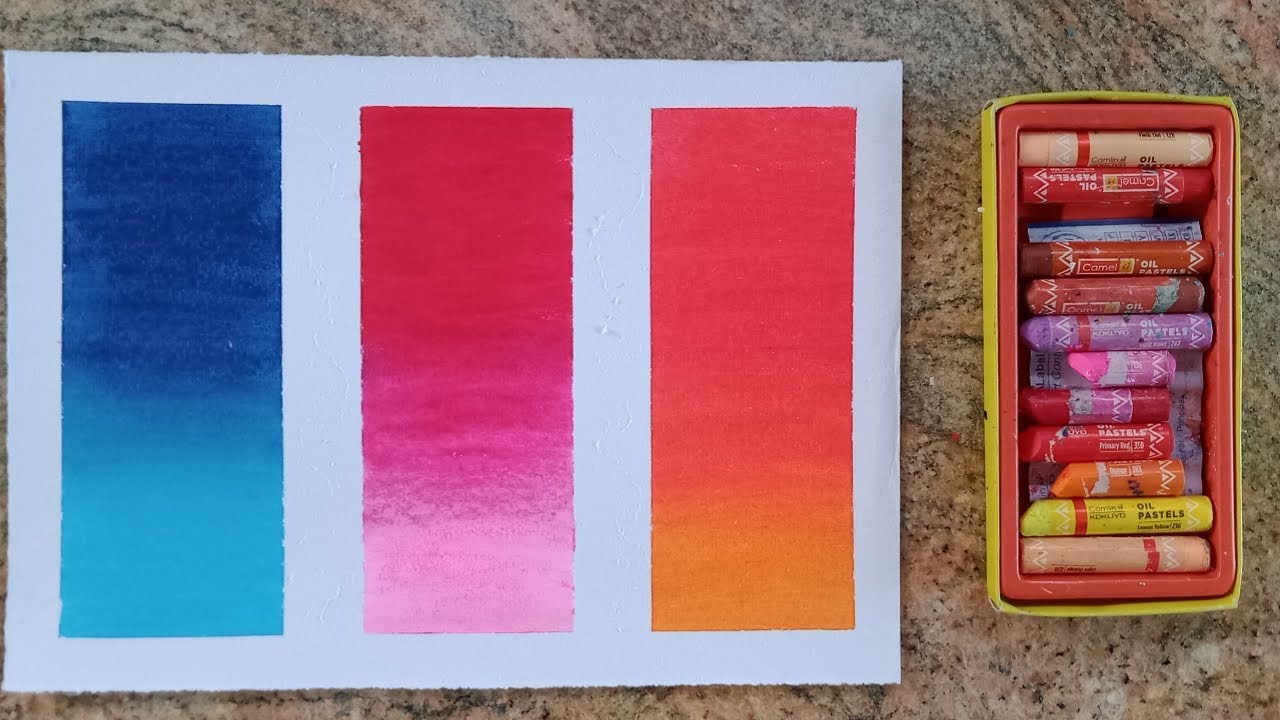
What you’ll practice
Spheres and cylinders with a clear light source, grouped values, and edge variety so they feel solid and three-dimensional.
Paper & tools
- Toned or sanded paper; hard & soft pastels; kneaded eraser.
- Tortillon or soft brush for light blending (optional).
- Masking tape to frame a clean border.
Lighting setup
- Single light from one direction for clear cast shadows.
- Place simple objects: ball, cylinder, box.
Step-by-step
Light drawing
Outline sphere/cylinder lightly with hard pastel or pencil; mark light direction.
Group values
Fill the shadow family as one flat note. Keep the light side clean and separate.
Turn the form
Add halftones in the lights and deepen the core shadow. Aim for smooth transitions without heavy smudging.
Edges & accents
Sharpen the cast shadow edge; soften the turning edge. Add reflected light very subtly on the shadow side.
Temperature tweak
Push warm light / cool shadow (or reverse) with tiny color shifts, keeping values consistent.
Tips
- Work from large shapes to small—details last.
- Blend sparingly; layer instead for cleaner color.
- Keep a crisp edge on the cast shadow closest to the object.
Troubleshooting
- Dusty mud: Too much rubbing—tap off dust, re-state flat notes.
- No volume: Edge hierarchy missing—soften turning edge, sharpen cast.
- Patchy gradients: Use two close values, then add a tiny bridge note between them.
